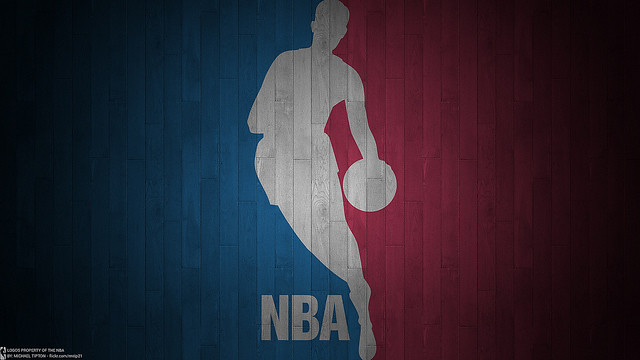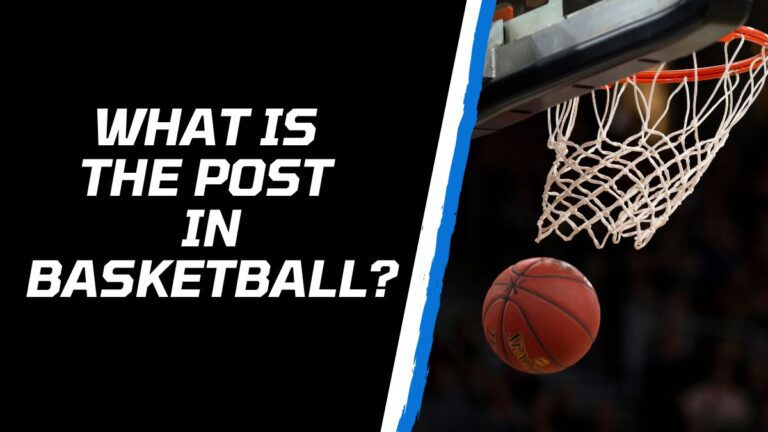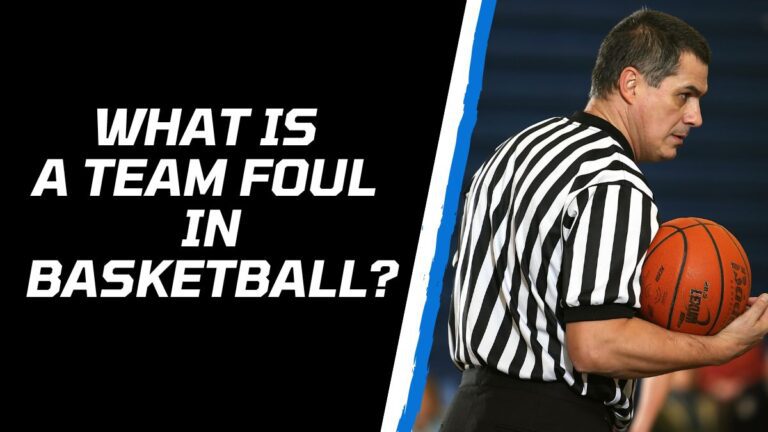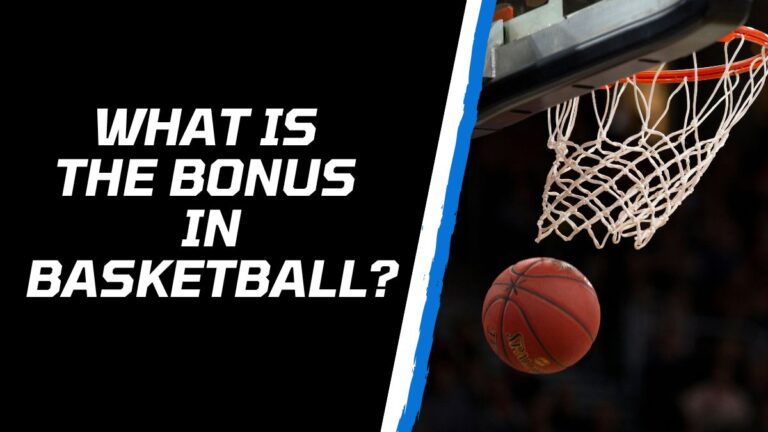What is a Take Foul in Basketball? All You Need to Know
Take fouls have been a controversial topic in basketball for many years. These are personal fouls that are committed by a defender in order to stop a transition scoring opportunity. The NBA has recently changed the rules for take fouls in an effort to discourage defenders from intentionally fouling players in transition.
In this article, we will dive deep into ‘what is a take foul in basketball’ and we’ll also discuss everything you need to know about this basketball rule.
What is a Take Foul in Basketball?
A take foul is a personal foul that is committed by a defender in order to stop a transition scoring opportunity. Take fouls are typically committed when the offensive team is in a fast break, and the defender does not make a play on the ball. Instead, the defender simply fouls the offensive player in order to stop the play.
Take fouls were previously penalized with a side out for the offensive team. This meant that the offensive team would have to inbound the ball from the side of the court, and they would lose the momentum of the fast break.
What are the New Rules for Take Fouls in the NBA?

The NBA has changed the rules for take fouls in the 2022-23 season. Under the new rules, a take foul will now result in the following penalties:
- A free throw for the offensive team, which can be taken by any player on the court.
- Continuation, meaning that the offensive team can keep possession of the ball if they score on the free throw.
The new take foul rules are designed to discourage defenders from intentionally fouling players in transition. The rules are also intended to make the game more exciting by preventing teams from slowing down the pace of play by committing take fouls.
However, these new rules may not be so easy to grasp right away. This is because there are many nuances and exceptions to these rules. One such exception is that the new rules do not apply to take fouls that are committed in the last two minutes of the fourth quarter or the last two minutes of any overtime period. This exception is designed to allow teams to continue to intentionally foul at the end of games to stop the clock during an attempted comeback, or foul to prevent a 3-pointer when they are up by three in the last few seconds of a game.
Similarly, the new rules also do not apply to take fouls that are committed when a defender is making a play on the ball. If a defender makes a legitimate attempt to steal the ball, and they accidentally foul the offensive player, the foul will still be called a common foul.
Nevertheless, the new take foul rules are significant changes to the sport and it remains to be seen how they will impact the game of basketball.
Different Types of Take Fouls
There are two types of take fouls in basketball:
- Intentional take foul: This is a foul that is committed by a defender with the sole intention of stopping the offensive player from scoring. This type of foul is typically committed in transition, when the offensive team is in a fast break.
- Unintentional take foul: This is a foul that is committed by a defender who is not trying to stop the offensive player from scoring. This type of foul can happen if the defender is making a legitimate attempt to play the ball, but they accidentally foul the offensive player.
The new take foul rules in the NBA only apply to intentional take fouls. Unintentional take fouls will still be penalized with a common foul.
Here are some examples of intentional take fouls:
- A defender reaches in and grabs an offensive player’s arm without making a play on the ball.
- A defender trips an offensive player who is running down the court.
- A defender blocks an offensive player’s path without making a play on the ball.
Here are some examples of unintentional take fouls:
- A defender makes a legitimate attempt to steal the ball, but they accidentally foul the offensive player.
- A defender is running down the court and accidentally bumps into an offensive player.
- A defender is trying to box out an offensive player, but they accidentally foul them.
It is important to note that the distinction between intentional and unintentional take fouls can be subjective, and it is up to the referee to make the call. However, the new take foul rules are designed to discourage defenders from intentionally fouling players in transition, and they should help to make the game more fair and exciting.
Penalties for Committing a Take Foul

The penalty for committing a take foul in the NBA is:
- A free throw for the offensive team, which can be taken by any player on the court.
- Continuation, meaning that the offensive team can keep possession of the ball if they score on the free throw.
- The defender who commits the take foul will be assessed a common foul.
Why are Take Fouls Controversial?
Take fouls are controversial because they can be seen as a way for defenders to cheat the game. By intentionally fouling an offensive player in transition, the defender can stop the fast break and give their team a chance to regroup. This can be frustrating for fans and players, and it can also lead to a slowdown in the pace of the game.
Despite the controversy, take fouls are a legal play in basketball. However, the NBA has recently changed the rules for take fouls in an effort to discourage defenders from intentionally fouling players in transition. The new rules make it more difficult for defenders to commit take fouls without being penalized, and they should help to make the game more exciting and fair.
Difference between a Take Foul and a Clear Path Foul

There are a few differences between take fouls and clear path fouls.
The first difference between the two is in terms of when they can be committed. Take fouls can be committed at any time, while clear path fouls can only be committed when the offensive player is in control of the ball and is moving toward the basket with no defender ahead of them.
In terms of penalties, take fouls result in a free throw and continuation, while clear path fouls result in two free throws and possession of the ball.
In terms of the intent of the foul, take fouls are typically committed intentionally to stop a fast break. Clear path fouls, on the other hand, are typically committed unintentionally as a result of a player trying to make a play on the ball.
Final Thoughts
Overall, I think that the new take foul rules are a step in the right direction. Even though they might be a little difficult to understand, they’re still important in the game of basketball. These rules will make the game more exciting and fair, and they will hopefully discourage defenders from intentionally fouling players in transition.
RELATED ARTICLES:







